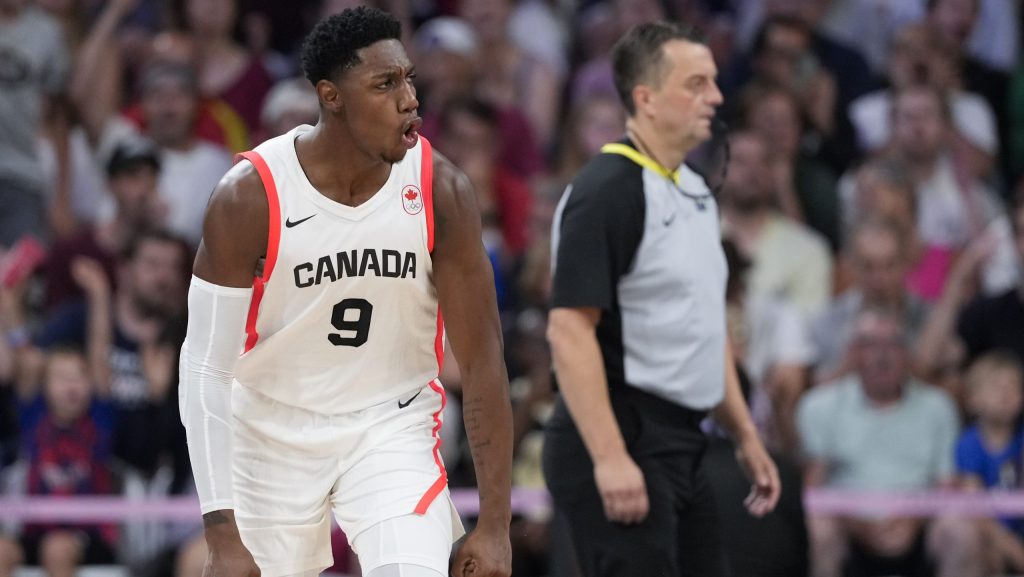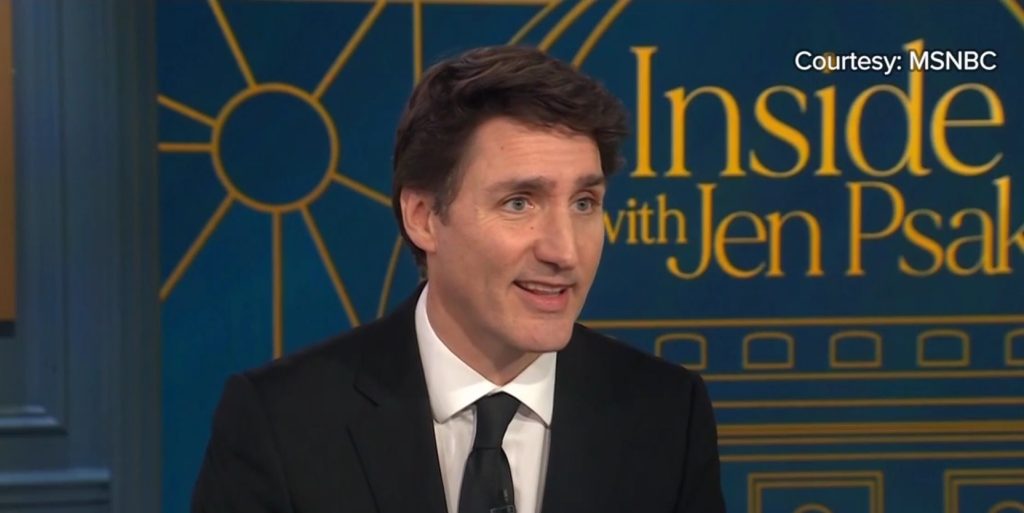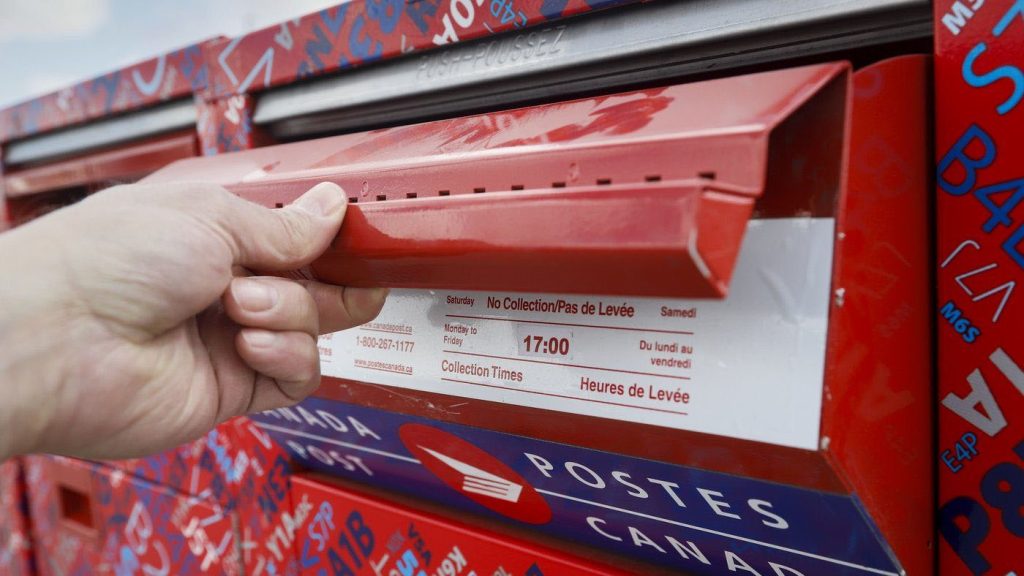Canada’s path to hoops gold goes through France

Posted August 6, 2024 5:19 am.
Last Updated August 6, 2024 5:21 am.
There’s a little bit of Bret Hart to the Canadian men’s national basketball team.
While Dillon Brooks is unquestionably the villain no matter where he goes, the rest of this team — young, likable, flavourful stylistically — is a group most unaffiliated fans would get behind. But if Canada is going to earn just its second Olympic medal ever in basketball, the players will have to do it as travelling heels.
That starts with a quarterfinal matchup on Tuesday with the host country, France (at noon ET / 9 a.m. PT), a possible semifinal meeting with Germany, whose fans have travelled well, and a gold-medal matchup with the star-studded American team.
That’s getting ahead of things a bit. One step at a time, and that first step will need to be a long step, a high step, or a very wide Euro-step to get around France’s Victor Wembanyama. How did a 3-0 Canada team end up with a de facto road game against the best young player in the world in the quarters?
The explanation is threefold. First, it’s the cost of Canada’s strong group. The group played to form, and while Canada has graduated to being the reason a group is the Group of Death, and it took care of business by sweeping Greece, Australia, and Spain, there is still a cost. In this case, it’s a depressed plus-minus due to closer games and no blow-out opponent, which made Canada the third-ranked team, behind the United States and Germany, who better padded their point differential with a weaker bottom of the group.
Second, FIBA has a weird seeding wrinkle. Because the tournament is 12 teams instead of 16 and wild cards are introduced instead of just the top two teams in each pool, the quarterfinal matchups are based on a ranking and sorting into pots, then an adjustment to make sure group-stage opponents can’t play each other again so soon. As the No. 3 team, Canada couldn’t play No. 6 Australia, so they got No. 5 France — the other team in Australia’s pot — instead. (At least they didn’t draw into the Americans’ side of the bracket; again, one step at a time.)
And the third reason Canada drew France is that France just didn’t play very well. The French were nearly upset by Japan in a tight overtime game and never really threatened Germany, leaving them 2-1 with barely a positive point differential.
That’s not to say this is an easy draw. Wembanyama and Rudy Gobert are a real problem with their size around the paint, and Wembanyama does something every game you’ve never seen before. They surround those two with a bit more shooting than Canada has, and they’re reasonably smart about protecting the ball. Still, this is a France team that doesn’t rebound at a level you’d expect for their size and, while they have some veteran name value in the backcourt, can really struggle to create offence, or even get smoothly into their sets.
Canada matches up very well here around the perimeter. No, Canada doesn’t remotely have the size to hang inside, but the Canadians have been at a size disadvantage in almost every exhibition and group-stage game. The team’s ball pressure is sustainably incredible, and France’s backcourt could have a lot of trouble initiating offence and getting the ball inside, where Canada will probably swarm aggressively.
There will be shot-clock turnovers and live-ball turnovers, the latter of which allow Canada to goose a sometimes sticky offence with its excellent transition play. When France can enter the ball to the elbow and below, though, Canada’s defence has fallen off due to a lack of paint protection.
If there are areas for France to poke, it’s with size and shooting. Those tend to be pretty important, and Canada can get hot from three, but it can’t become seven-foot-five. Shai Gilgeous-Alexander might have to work his mid-range magic more than attacking the rim, and the coaching focus will be how to open up space for him to operate against so much length. Those are real challenges, and they might require head coach Jordi Fernandez to shorten his rotation more than he usually prefers to.
Canada’s point differential would have been stronger, although not strong enough to change its seed if it leaned on its four primary starters more, and it’s possible Fernandez has kept the minutes of Gilgeous-Alexander, RJ Barrett, Brooks, and Lu Dort lower where possible so they can get into the 30s in the knockout stage.
That would make bench rotations a bit smoother, especially if the reserve backcourt continues to be hot and cold. That won’t resolve the backup centre question, though, and Fernandez might have to try a few different looks against France’s interior duo.
With the game on the line, Fernandez will almost surely go back to his starting five, a unit that was great together in last year’s World Cup and has a monster plus-33 mark in 25 minutes in this tournament.
In addition to being able to thrive as a heel on foreign soil despite clearly being a baby face on merit, Bret Hart was also pretty good in do-or-die tournament formats. We’ll see if the Canadian men can be excellent in their execution and do the same in Paris.








